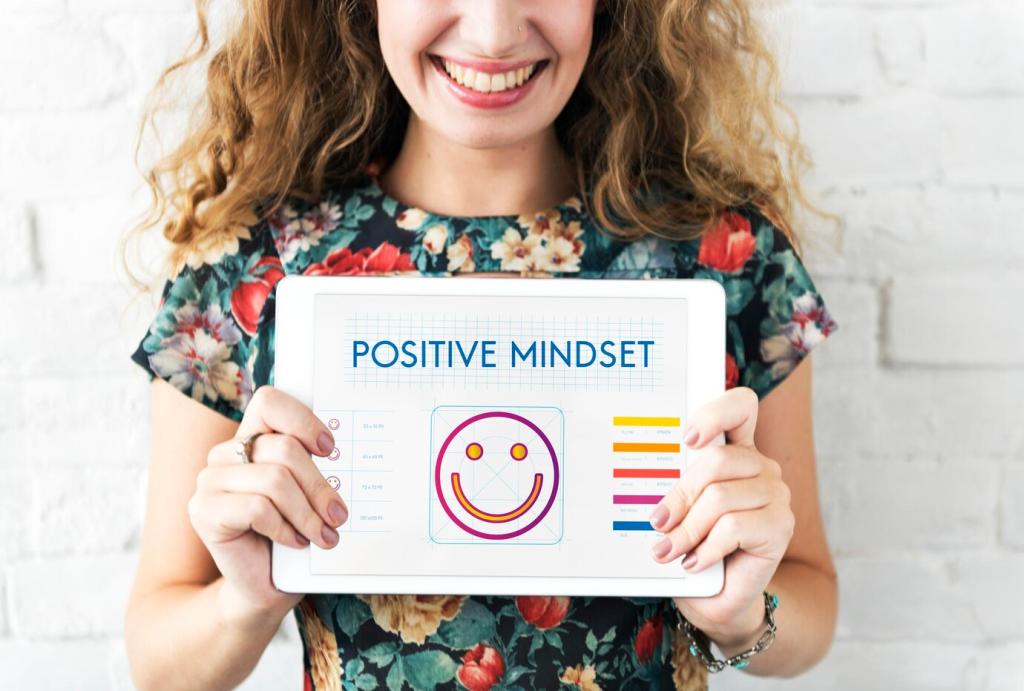Why Mindful Journaling Works
Labeling feelings recruits attention and creates a respectful distance from raw emotion. When you write, “I feel anxious because…,” you transform a foggy sensation into something specific, workable, and surprisingly less overwhelming.
Why Mindful Journaling Works
Mindful journaling slows the spinning carousel of thoughts. By observing your inner dialogue and recording it patiently, you move from looping worries toward clear patterns, compassionate insights, and choices grounded in your real needs.





